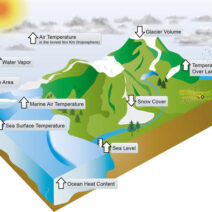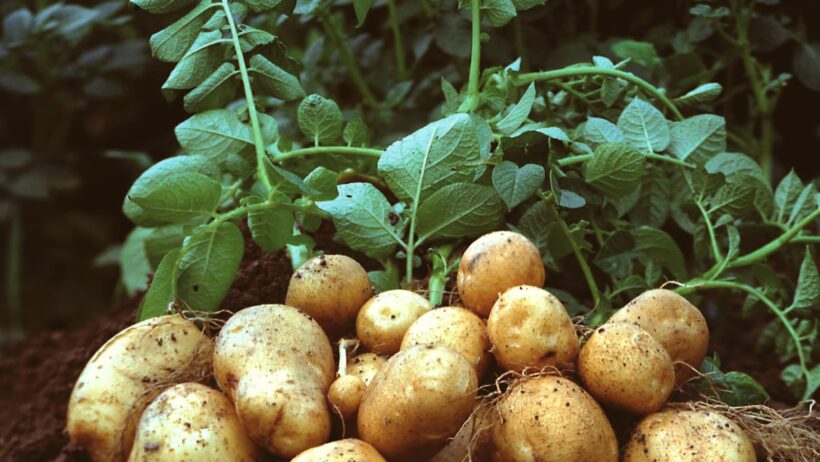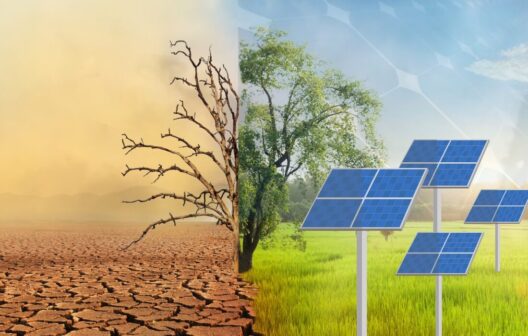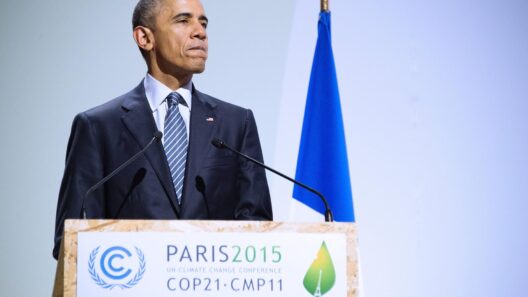Growing potatoes may seem like a straightforward endeavor, but have you ever pondered the pivotal question: what climate do their tuberous roots thrive in best? Potatoes—those quintessential staples of diverse cuisines—are remarkably versatile, yet they possess preferences that can significantly impact yield and quality. In this article, we will delve into the specific climatic conditions conducive to robust potato cultivation, explore the challenges posed by changing weather patterns, and examine why understanding these factors is essential for sustainable farming practices.
Firstly, it is important to define the ideal temperature range for potato cultivation. Potatoes flourish in cooler climates, with optimal growing temperatures hovering between 60°F and 70°F (15°C to 21°C). During this temperature range, plants exhibit vigorous growth, facilitating the development of healthy tubers. Conversely, excessive heat—temperatures above 80°F (27°C)—can lead to physiological stress, resulting in stunted growth and undesirable tuber formation. Thus, farmers located in warmer regions face the challenge of adapting their practices to avoid heat stress on their crops.
To further complicate matters, temperature alone does not determine the success of potato farming. Water availability plays a crucial role. Potatoes require consistent moisture throughout their growing season; an inch of water per week is typically essential. In regions where rainfall is erratic, farmers must employ irrigation strategies to supplement water supply. However, excessive moisture can lead to detrimental conditions, such as tuber rot and blight, highlighting the necessity of a delicate balance between hydration and drainage.
Soil types, too, should not be overlooked. Potatoes prefer loose, well-drained soils rich in organic matter. Sandy loam or silty soils are particularly advantageous. Heavy clay soils can hinder root development and increase the risk of diseases. This requires an understanding of local soil properties and may necessitate soil amendments to optimize conditions for potato growth. It begs the question: how can farmers in less-than-ideal soil situations amend and adapt their practices without compromising their yield?
The growing season length is another critical aspect of potato cultivation. Most varieties require around 90 to 120 days to reach maturity. Early cultivars can be planted as soon as the soil temperature surpasses 45°F (7°C), yet many regions are facing shifts in traditional growing periods due to climate change. Farmers who have relied on historical weather patterns may find themselves grappling with unpredictable frosts or prolonged droughts, underscoring the urgency of adaptive farming practices.
Moreover, pests and diseases present another significant challenge. The delicate interplay between climate and pest populations has far-reaching implications for potato farmers. Warmer summers may lead to an increase in pest infestations, including the notorious Colorado potato beetle, which can devastate crops. With this understanding, it becomes imperative for cultivators to implement integrated pest management strategies that factor in climate variability.
While we can identify these challenges, it is essential to discuss potential solutions that can help navigate such climatic adversities. Crop rotation, for instance, not only enhances soil fertility but also disrupts pest life cycles, consequently reducing infestations. Likewise, utilizing resistant potato varieties can mitigate the risk of disease without sacrificing yield. Additionally, educating farmers about climate-resilient practices is crucial. Workshops focusing on sustainable agricultural techniques can equip farmers with the knowledge they need to thrive in an evolving climate.
Moreover, agroforestry can serve as another innovative solution. Integrating trees into potato farming systems can help improve microclimates, enhance soil health, and provide additional resources like shade and windbreaks. These synergies can bolster potato production despite climate challenges, illustrating that creative thinking is paramount in facing the current agricultural landscape. Thus, instead of viewing climate change as a mere threat, it should be embraced as a challenge that inspires adaptation and innovation.
As we contemplate the future of potato farming, the integration of technology stands as a beacon of hope. Precision agriculture, harnessing data analytics and remote sensing, empowers farmers to gain insights into field conditions and make more informed decisions. Drone technology can assess plant health over extensive areas, ensuring that water and nutrient applications are streamlined and efficient. The digitization of agriculture not only conserves resources but also contributes to enhanced productivity, a twofold benefit in troubling climatic contexts.
Furthermore, supporting local agricultural policies that promote climate-smart practices could create the infrastructure necessary for farmers to adapt. Governments and non-governmental organizations must collaborate to provide resources and funding that support research into climate-resilient varieties and farming practices. This not only benefits farmers but also strengthens food systems at large, ensuring that nutritional staples such as potatoes remain accessible even in the face of environmental uncertainty.
In conclusion, while growing potatoes presents numerous climate-specific challenges, it simultaneously opens avenues for exploration and innovation. Farmers worldwide must embrace the multifaceted nature of potato cultivation—understanding temperature ranges, soil types, moisture levels, and pest management strategies. Only by recognizing these elements can we cultivate potatoes that not only thrive in their favored climates but also contribute to global food security. So, as we reflect on the climatic conditions that best suit potatoes, let us also consider the proactive measures that can be taken to ensure their sustainable production amidst a changing world.








